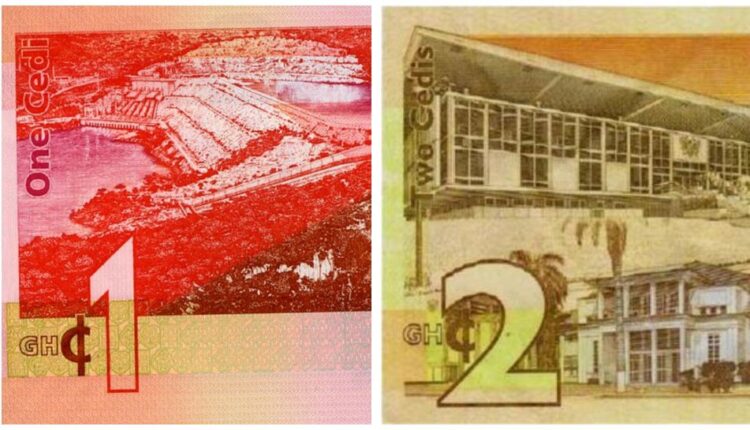Bank of Ghana to phase out GH₵1 and GH₵2 notes
The Governor of the Bank of Ghana (BoG), Dr Ernest Addison, has disclosed that the bank has planned to stop the printing and issuance of the GH₵1 and GH₵2 notes as they pose challenges in processing.
Responding to questions at the 102nd Monetary Policy Committee (MPC) press briefing in Accra on Monday, September 27, he said, those currency notes would be replaced by their respective coin denominations.
Dr Addison said, “both the GH₵1 note and the GH₵2 note would eventually be phased out because they are not cost-effective in terms of the printing cost.
“We have bales and bales of GH₵1 notes that we are not able to process. So the view for the longer term is to more or less get out of the GH₵1 and GH₵2 notes and use the GH₵1 and GH₵2 coins,” he explained.
The governor further stated that often the GH₵1 and GH₵2 notes circulate more widely and return very torn and soiled, thereby making it extremely difficult for the bank’s currency processing machines to process them.
Dr Addison recalled that the notes, particularly, the GH₵2 was issued as a commemorative note, as such, they are notes that do not continue to be printed.
“Therefore, what we have done in the last two years is to introduce the GH₵2 coin, and you would expect that eventually, it would more or less play the role that the GH₵2 note is playing.”
The performance of the cedi
Regarding the performance of the cedi against its major trading partners, the BoG Governor said, data as of September 22, 2021, showed that the cedi recorded a depreciation of 1.8% against the US dollar compared to 3% in September 2020.
The Ghana cedi also depreciated by 1.6% against the Pound Sterling but appreciated by 2.7% against the Euro over the same period.
According to Dr Addison, the country witnessed strong Gross International Reserves, as the reserves stood at US$11.4 billion (equivalent to 5.2 months of import cover), at the end of August 2021.
“The strong reserves build-up over the review period provided some buffer to the local currency, which came under some demand pressures from commerce, manufacturing, and energy sectors as economic activity picked up in the third quarter,” he explained.
READ ALSO: BoG Maintains Policy Rate At 13.5%


